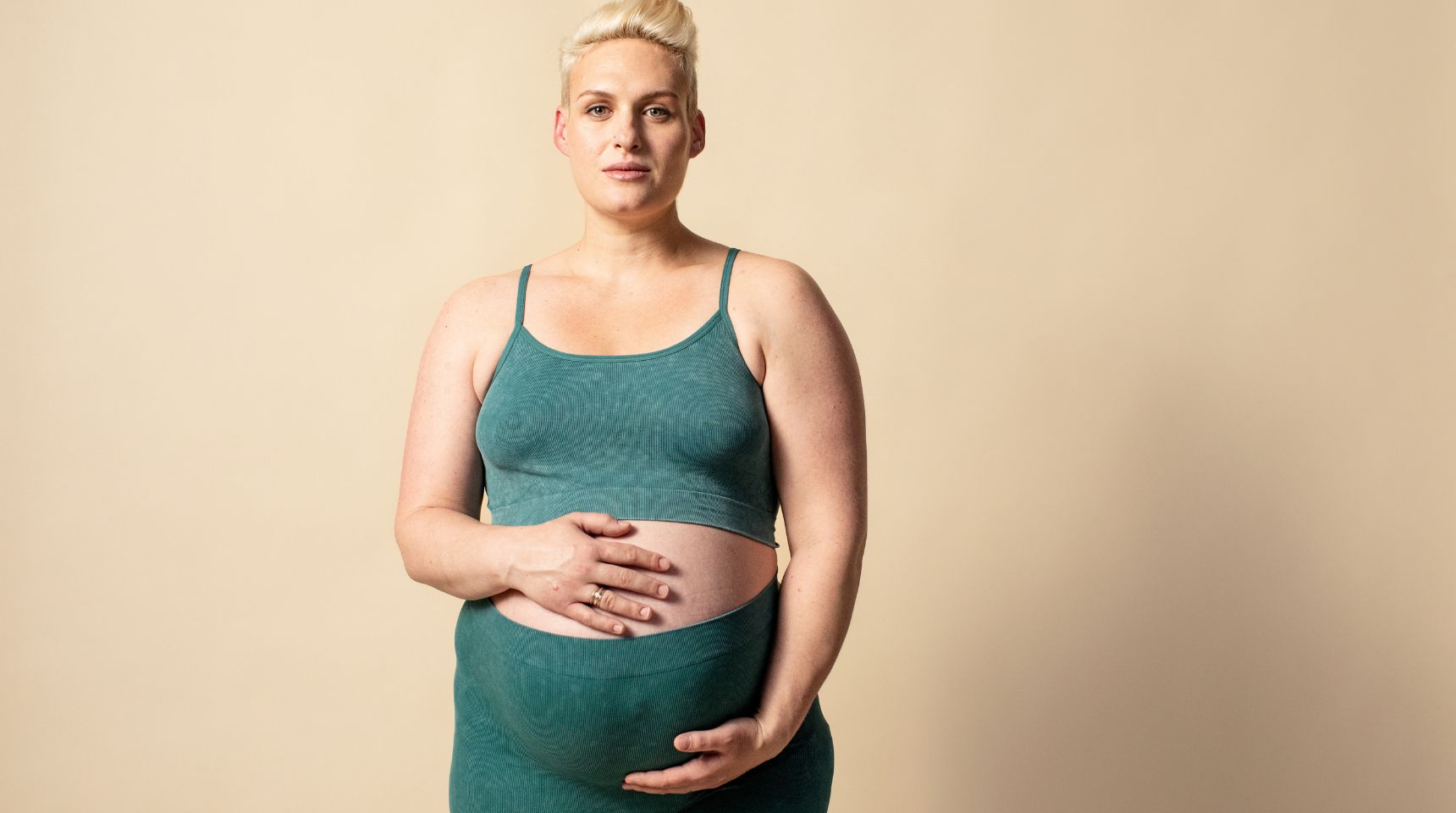What’s an easy way to bond with your baby that benefits both of you? Get so close to one another that there’s nothing between you. It’s called skin-to-skin contact.
How to do skin-to-skin contact
Place your baby, wearing nothing more than a diaper, against your chest, between your bare breasts. You’ll appreciate the peaceful closeness of the moment, and the intimate position allows your baby to enjoy the warmth of your body. As if warm baby snuggles aren’t enough, research shows that skin-to-skin contact with baby has quite a few other benefits.
Skin-to-skin is good for babies and moms
Studies have shown that newborns who experience skin-to-skin contact in the delivery room breathe more regularly, have more stable heartbeats, and are able to better regulate their body temperature. Babies who bond with their mamas this way are more likely to sleep more deeply (yes, you read that right!). They’re also more likely to cry for shorter periods of time, gain weight more easily, and have longer stretches of time when they’re awake and alert. Mamas who have practiced skin-to-skin contact with their baby tend to breastfeed for longer, too.
The benefits of skin-to-skin contact includes moms, too. This kind of bonding helps your brain release oxytocin, which is sometimes called the “love hormone.” Oxytocin reduces your stress levels, induces a feeling of calmness, and may make you feel more affectionate toward your baby.
Skin-to-skin helps to make breastfeeding easier
Skin-to-skin contact with baby isn’t just for the delivery room, either. Once you’re home, regularly practicing skin-to-skin contact can make nursing easier for you and your baby. In addition to being a feel-good hormone, oxytocin triggers the let-down reflex, which starts your milk flowing and makes it easier for your baby to breastfeed.
Skin-to-skin with baby can become a normal part of your breastfeeding routine. You’ll both benefit from it, even if you only do it for a few minutes a day. Your baby may enjoy it before breastfeeding early in the day, and it may help them to feel calmer and more alert. Your baby recognizes the sounds of your heartbeat and voice from the womb, and these sounds are comforting.
Although every mom will have a different experience, you may notice improvements in your breastmilk collection if you practice skin-to-skin contact while breastfeeding your baby on one side and using your breast pump on the other side.
Skin-to-skin is a bonding experience
It isn’t necessary to link skin-to-skin contact with breastfeeding, and it’s especially nice to do when your baby isn’t hungry or tired. When your baby is calm and alert, you’ll both enjoy the touch of each other’s bare skin against one another.
It’s also something that your partner can do to bond with your baby. They may appreciate the special time with baby, because they may feel left out, for the most part, when it comes to feedings. To get started, your partner would need to unbutton or remove their shirt, and place the baby directly against their chest, holding baby in an upright position. Your baby will be soothed by the warmth of your partner’s body and the sound of their heart beating, and they’ll both enjoy the extra snuggles.
Other tips for skin-to-skin contact
You don’t need to wrap your baby in a blanket while practicing skin-to-skin contact. Even if baby is only wearing a diaper, the heat from your body should be enough to keep them warm. If you want to wrap a blanket around your baby, that’s fine, especially if there’s a chill in the air during winter or the air conditioner is cranking during the summer – just be sure to keep the blanket away from your baby’s face, so that the nose and mouth aren’t accidentally covered. If you’re wearing a button-down shirt, you can also use the front panels of the shirt to wrap around your baby for extra warmth.
Skin-to-skin contact can benefit the whole family - it can help you bond with your new little one, increase levels of oxytocin, and decrease stress levels. Who couldn’t use that?
All content found on the Lansinoh.com website, including: text, images, audio, or other formats were created for informational purposes only. The content is not intended to be a substitute for professional medical advice, diagnosis, or treatment. Always seek the advice of your physician or other qualified health provider with any questions you may have regarding a medical condition. Never disregard professional medical advice or delay in seeking it because of something you have read on this website.













